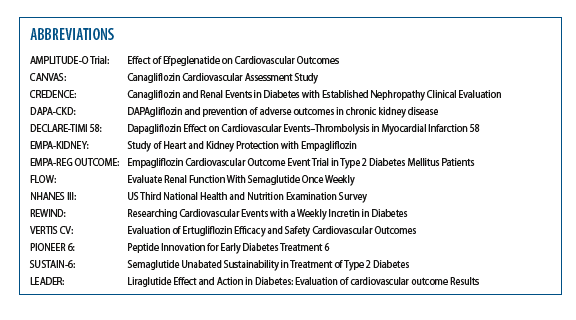Diabetic nephropathy is the leading cause of end stage renal disease. Its conventional prevention is based on glycemic and blood pressure optimization, including the use of renin-angiotensin axis blockers.
Recent trials have demonstrated a nephroprotective effect of new classes of antihyperglycemic agents, in particular gliflozins, GLP-1 agonists and, on basis of preliminary data, tirzepatide, in addition to their established antihyperglycemic and cardiovascular effects.
Therapeutic guidelines emerging from the American Diabetes Association (ADA) in 2025 are based upon these observations and results.
The aim of this article is to review the current strategy of renal complication in patients with type 2 diabetes focused on these new treatments.
What does this article bring up for us?
Conventionally, the therapeutic approach of diabetic nephropathy relies, alongside lifestyle measures, on glycemic and blood pressure optimization, with an emphasis on blockers of the renin-angiotensin axis. A number of studies have recently highlighted the renal protective effect of new drug classes. They include gliflozins and GLP-1 agonists, and more recently, on the basis of preliminary data, tirzepatide. The aim of this article is to discuss the therapeutic algorithms recommended by the ADA in 2025 in the field of diabetic nephropathy.
Keywords
Type 2 diabetes, nephropathy, gliflozins, GLP-1 agonists, tirzepatide
